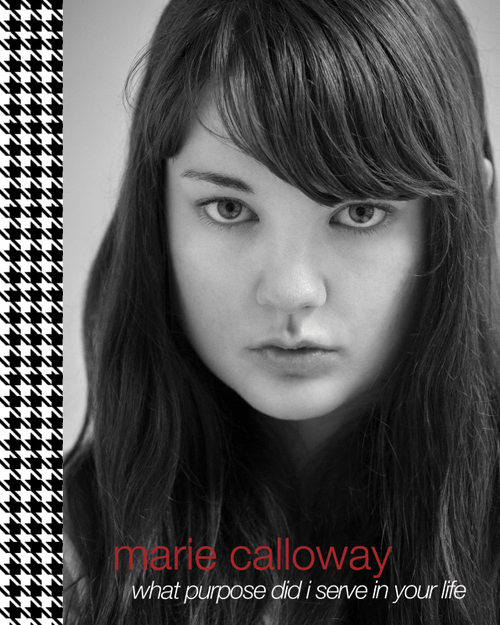
What Purpose Did I Serve in Your Life by Marie Calloway is due out from Tyrant Books in June. It’s a collection of stories and visual collages which make up a novel, depicting the life (especially the interior and sex life) of a young woman named “Marie Calloway.” Her story, “Adrien Brody,” was one of the most widely discussed stories online last year. The book is harrowing, intense, and written in clean and elegant prose. In January, Tyrant Books publisher Giancarlo DiTrapano, known for publishing books by Blake Butler, Atticus Lish, Sam Michel, and Eugene Marten, among others, was notified by his printer that they would not print the book due to “content.”
– Brandon Hobson
THE BELIEVER: What is your response to this printing debacle Gian is having to deal with? What do you think about all the resistance?
MARIE CALLOWAY: I don’t really have that much of a response. I was surprised. I didn’t know that that sort of thing happened. I think it’s sad that we live in a world where men can steal and distribute and publish photos of women without their permission all over the Internet and even in print and make a lot of money doing so, but half naked photos that I took of myself are deemed “obscene.”
BLVR: How long did you spend working on What Purpose Did I Serve in Your Life?
MC: I spent about three years writing this book. Some parts of it took longer than others. One story in it, “Adrien Brody,” was written over six months where I didn’t do much besides write it. To make a collage took only around a week though. Partly because they were reflections of thoughts and ideas I’d had for years that I just needed to find a way to express (like displaying many screenshots from guys on Facebook talking about their sexual fantasies, though I guess that was more of just an image and feeling I liked).
BLVR: The book feels more like a sort of manifesto of pieces put together in book form rather than a novel structure.
MC: It’s not a traditional novel, but I think you can see that it all runs together to form a cohesive whole in a way, kind of like Jesus’ Son does.
BLVR: So are you a Denis Johnson fan? Who are some of your literary heroes?
MC: I’ve talked a lot about liking Joyce Maynard’s autobiography. The title of my book is a reference to it. I guess that was the book that gave me a lot of courage, like a belief...
You have reached your article limit
Sign up for a digital subscription and continue reading all new issues, plus our entire archives, for just $1.50/month.
Already a subscriber? Sign in




